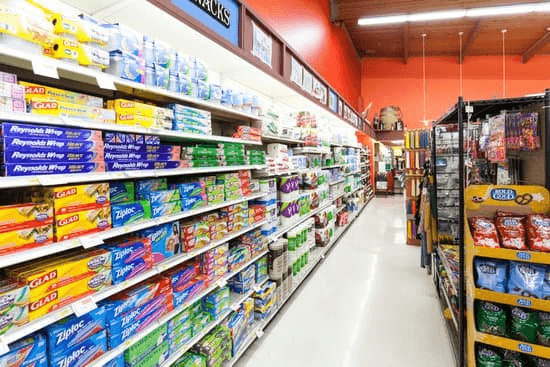
The Five Basic Components Of Retail Store And Restaurant Supply Chain Management
In our daily life, you hear about the supply chain through news or media, especially when it is not working correctly. Does it ever come to your mind how this supply chain affects restaurants and retail stores? Or how does the retail store and restaurant supply chain operate?
Even a single error can cause the entire system to get out of control because supply chains are frequently fragile. Poor management of the supply chain in the retail store and restaurant sector is a significant cause of empty shelves, food scraps, and environmental issues. Streamlining the order process is an essential component for our global economy and for the business.
In this post, we will talk about how a restaurant and retail store’s supply chain works and how we can help improve it.
What is a restaurant and retail supply chain?

Consider this: The supply chain management market is now forecast to be worth 37.41 billion, growing at a rate of 11 percent annually through 2027. This implies that if taken advantage of, there are many areas of improvement. A restaurant and retail store supply chain works like this:
First, restaurant and retail stores build connections with wholesalers and suppliers. Then the then suppliers and distributors offer an extensive range of drinks, spices, produce, meats, canned foods, tablecloths, glasses, cutlery, and much more. Although this seems straightforward, its speed is crucial. Since the retail and restaurant business is famous for moving quickly, any disruption in the supply chain might have repercussions down the line. If your beef provider is busy all year, can you imagine having to operate a steakhouse in the hot summer?
A mistake like this might result in significant sales slowdowns and client loss, and your competitors will take advantage of this. Due to this, there has to be continual contact between restaurants, stores and their suppliers and distributors. If your supply chain is efficient, it results in higher revenue and lower costs.
How to improve the supply chain in restaurants and retail stores?

Any problem in the supply chain can often be attributed to one of five fundamental elements. You can also consider NetSymm to help you seamlessly manage your orders with your suppliers and distributors.
These are the five elements that can make your restaurant and retail store supply chain better.
Plan

Planning is the initial stage in every supply chain process. In this early stage, restaurants and retail stores analyze the desired number of items to purchase to stock their shelves and hold the appropriate about of inventory.
Source
Following the determination of supply and demand, restaurants and retail stores look for suppliers who can obtain the products. Advance notice and supplier reliability are essential factors to consider at this stage.
Make
Vendors assemble, test, and package goods after turning raw materials into finished goods.
Handle
After being put together, the goods are transported to retail stores and restaurants so that customers can purchase them. Suppliers employ various distribution strategies, such as air, and ground shipment.
Return
Many restaurants, retail stores, suppliers, and distributors make errors in the last step of the supply chain. It refers to the customer service provided following the delivery of the goods. Being sluggish or sloppy when handling consumer interactions damages your brand’s reputation and those relationships.
Final words

This is an overview of the restaurant and retail store supply chain in this post. You can see how making even a minor error during the process might negatively affect suppliers, restaurants, and retail stores.
Related Posts
-
How digitizing your B2B supply chain is increasing operating profit
SMB Suppliers & Distributors need help staying competitive. Automating order entry is 10x faster, saves…
-
Supply chains are out – supply networks are in!
What’s trending in 2021? The importance of collaboration with suppliers, co-manufacturers, customers, carriers, and distributors…
-
Supply Chain Management
Each year, we see technologies used for supply chain management shift and change. As we…
-
Supply Chain Management
Each year, we see technologies used for supply chain management shift and change. As we…





Leave a Reply
You must be logged in to post a comment.